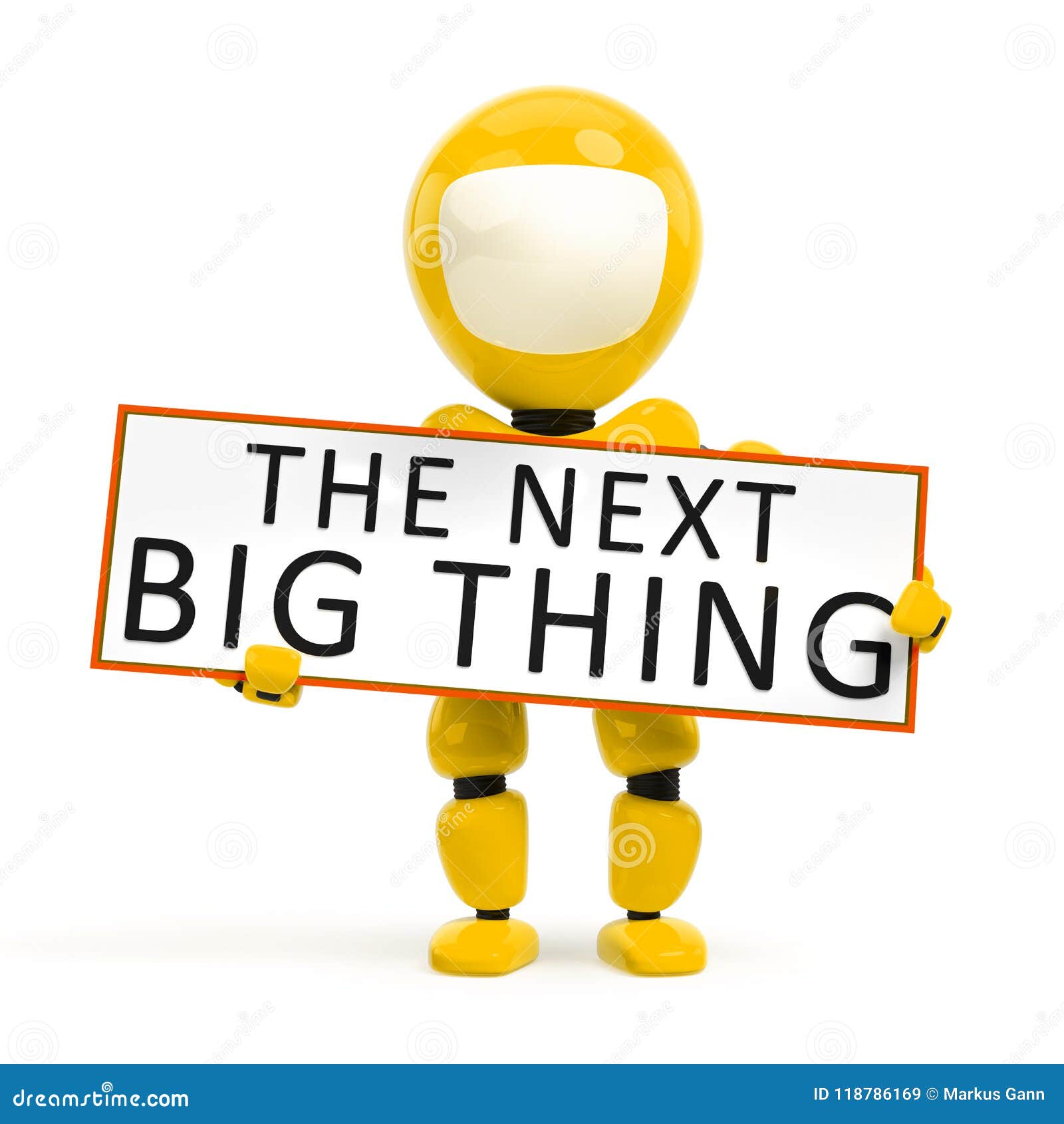

The blockchain is a decentralized ledger which holds information of the transactions made by the user. Registry is one such thing that the digital world is trying to emulate. The computers are taking over the world and are emulating some of the concepts that people apply in the real world. Web 3.0 would play an important role as the world digitizes its working. The foundations of the Web 3.0 are being laid but problems persist as the Web 3.0 startups look for agreements from the companies around the Web 3.0 protocol. The Web 3.0, however, ensures data privacy. Hacking and data theft has become a real problem with the Web 2.0. Web 2.0 has also witnessed the collapse of privacy with cyber attacks being the bane of its existence. Crypto would help solve the problem by coordinating the decentralization and providing incentives for development.


Decentralization of the web is a boon for crypto markets which would make the transition to a decentralized network much easier. The centralisation of the Web has given hegemony to some companies that are in charge of running the Web which has more often than not been rigid as people enjoyed the new technology that was being offered to them. The core principle of Web 3.0 is decentralization. Web 3.0 emphasises on individual focus rather than its previous counterparts that emphasised on company focus and community focus. Web 3.0 is also called "The Semantic Web" and intends to establish the information on the web in a more reasonable way than Google.

Web 3.0 lays emphasis on data not being owned rather being shared. Web3.0 is considered as an evolution of web utilization as well as the interaction which includes altering the Web into a database. The advent of Web 2.0 led to the initiation of activities like podcasting, blogging, tagging, social bookmarking, social networking, social media, etc.Īs technology has evolved and penetrated almost all the sectors of the world, the web is also evolving itself. The applications of Web 2.0 interact more with the user. Web 2.0 contains a number of online tools and platforms where people share their perspectives, opinions, thoughts and experiences. READ MORE: The Inception Digital Assets and Growth of NFTs Web 2.0 is an enhanced version of Web 1.0. Interaction and collaboration with individuals are allowed by Web 2.0 in a social media dialogue as the creator of user-generated content in a virtual community. Web 2.0 refers to the way web pages are designed and used and there is no modification in the technical specification. Web 2.0 has also been called the participative social web. Tim O'Reily defined the web 2.0 as a business revolution in the computer industry caused by the move to the internet as platform and an attempt to understand the rules for success on the new platform. The previous generation of Web was known as "Read-only Web". The second generation of Web, popularly known as Web 2.0 was defined by Dale Dougherty as the "read and write web" in 2004.
#The next big thing free#
The static pages were hosted by ISP-run web servers or on free web hosting services. This version of web was called Web 1.0 and it mainly consisted of personal web pages which were mostly static in nature. Six years later, the web was introduced in 1989 by Tim Berners-Lee. The advent of Internet initiated a snowball effect. Internet is the computer network that connects computers all over the globe and the web works on the internet. However, that cannot be further from the truth. People have often used the terms 'internet' and 'web' interchangeably. It also facilitates communication as the internet is a vast network of computers connected all around the world. Internet is a global computer network that allows a variety of information to be shared. The internet was an innovation that took the world by storm when it was introduced in 1983.


 0 kommentar(er)
0 kommentar(er)
